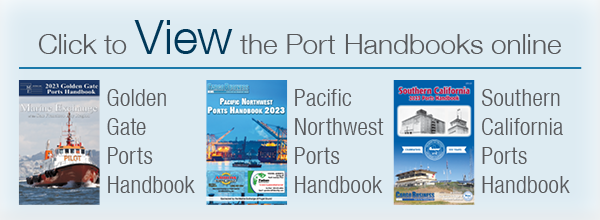|
All major North American railroads pushed through rate increases earlier this year even as freight fell
the most since 2009. Limited competition and favorable regulations provide pricing power – the envy of truckers and maritime shippers – that's helped them reverse a share slide despite tumbling oil, coal and intermodal shipments, according to Bloomberg News.
Rail companies "benefit from the market power that they wield, which is different from other modes of transportation," said Mark Levin, an analyst with BB&T Capital Markets. "In many cases, customers have to take the price that's offered when they don't have any other options."
Railroads defend their actions, noting that freight rates remain about 40 percent lower than before the current regulations were enacted in 1980 to save the industry, which was teetering on bankruptcy. The new rules sparked investments that have topped $600 billion in the last 35 years and improved service and safety on a rail system where the tracks were so shoddy trains would tip over while not even moving.
"By and large, most of our customers feel they're getting good value," Mike Ward, chief executive
|
officer of CSX Corp., which operates in the east. "You'll find that it's a fairly small vocal minority that has those concerns."
Freight tariffs jumped 27 percent after adjusting for inflation in the 11 years ending in 2013, ending an era of declining prices that began in 1980, according to a study by the Transportation Research Board.
In the first quarter of this year, CSX boosted average freight prices 3.1 percent while its carloads tumbled 5.1 percent. Union Pacific Corp., the largest publicly traded railroad, raised rates by 2.5 percent even as cargo sank 8.4 percent.
The ability to increase prices even as shipments decline has bolstered railroad earnings and helped mitigate the drop in their shares, said David Vernon, an analyst with Sanford C. Bernstein.
A Standard & Poor's index tracking the four largest publicly-traded U.S. railroads has climbed 26 percent since hitting a three-year low on Jan. 25, more than doubling the return of the S&P 500.
For more of the Bloomberg story: www.bloomberg.com
|



